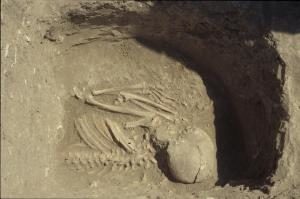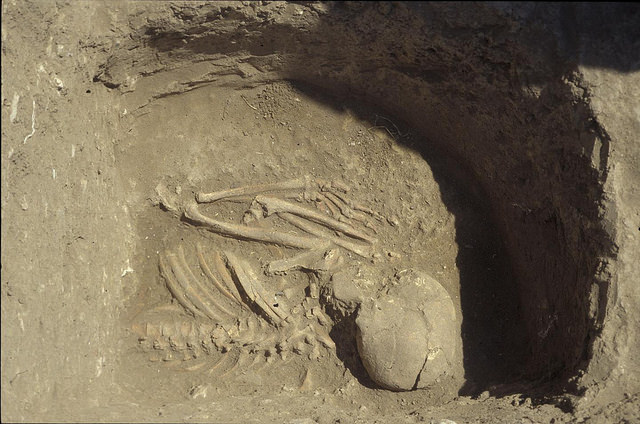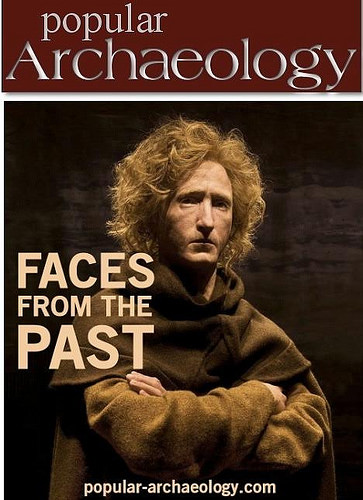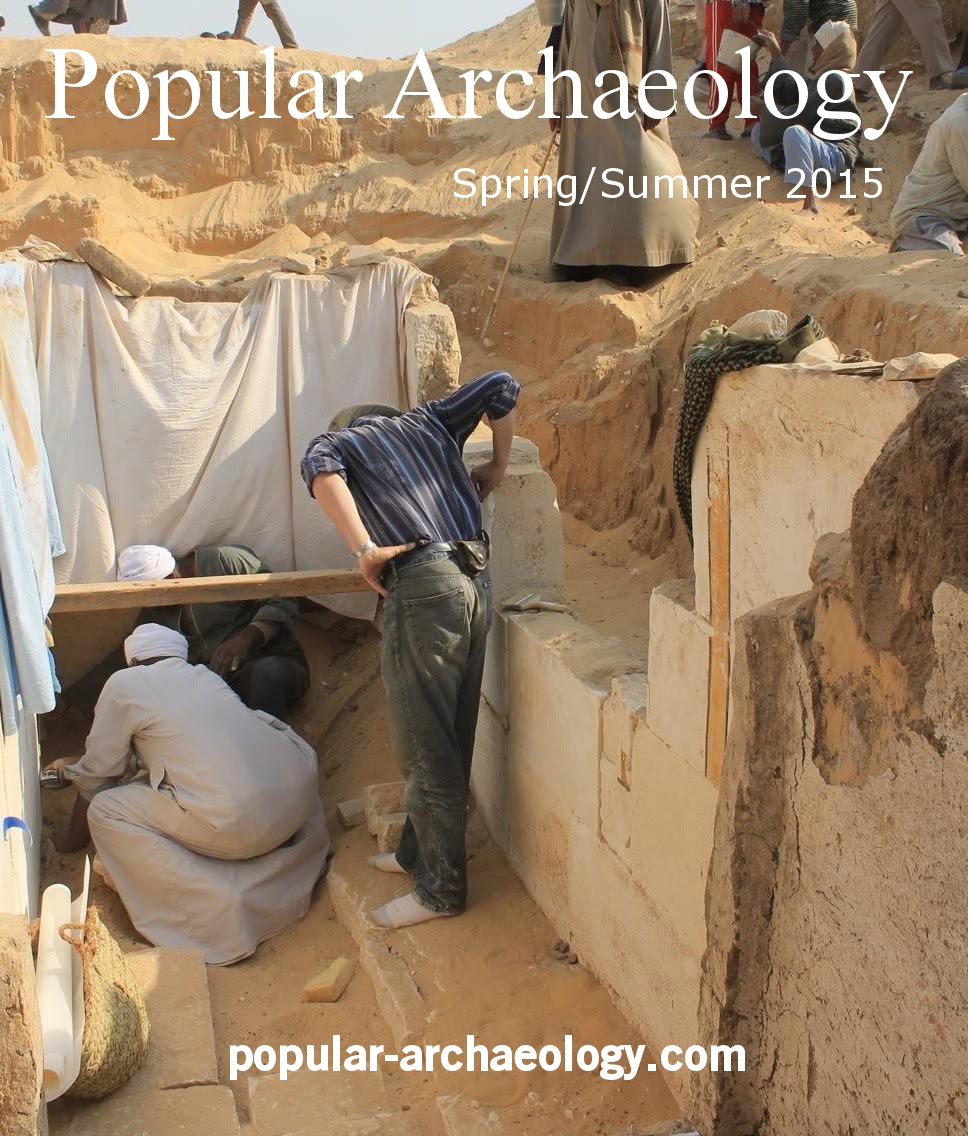
STOCKHOLM UNIVERSITY—Human material from the Anatolian site Kumtepe was used in the study. The material was heavily degraded, but yielded enough DNA for the doctorate student Ayca Omrak to address questions concerning the demography connected to the spread of farming. She conducted her work at the Archaeological Research Laboratory.
“I have never worked with a more complicated material. But it was worth every hour in the laboratory. I could use the DNA from the Kumtepe material to trace the european farmers back to Anatolia. It is also fun to have worked with this material from the site Kumtepe, as this is the precursor to Troy”, says doctorate student Ayca Omrak, at the Archaeological Research Laboratory Stockholm University.
Jan Storå, associate professor in osteoarchaeology and coauthor to the study agrees with Ayca. The results confirms Anatolias importance to Europe’s cultural history. He also thinks that material from the area needs to be researched further.
“It is complicated to work with material from this region, it is hot and the DNA is degraded. But if we want to understand how the process that led from a hunter-gatherer society proceeded to a farming society, it is this material we need to exhaust”, says Jan Storå, associate professor in osteoarchaeology, Stockholm University.
_______________________________________________
A large part of results come from grave 6 in Kumtepe, excavated in 1994. Here the upper part of a skeleton. Photo provided by Project Troia, thanks to Peter Jablonka. Photo provided by Project Troia, thanks to Peter Jablonka.
______________________________________________________________
Anders Götherstörm who heads the archaeogenetic research at the Archaeological Research Laboratory agrees that this study indicates further possibilities:
“Our results stress the importance Anatolia has had on Europe’s prehistory. But to fully understand how the agricultural development proceeded we need to dive deeper down into material from the Levant. Jan is right about that.”
The archaeogenetic group in Stockholm is presently advancing its collaboration with colleagues in Anatolia and Iran.
Source: Stockholm University press release
______________________________________________________________
In addition, the latest Popular Archaeology ebook is now available.
______________________________________________
Travel and learn with Far Horizons.
____________________________________________
This richly illustrated issue includes the following stories: Two remarkable discoveries that are shedding light on human beginnings in Africa; a traveling exhibit and an archaeological site that show how knowledge is more valuable than gold; a Spanish cave and a unique burial that are offering a tantalizing glimpse on the lives of Ice Age hunter-gatherers in Europe; the stunning visual reconstruction of an ancient Roman town; enlightening new finds at a remarkably well-preserved site of ancient Hellenistic-Roman culture overlooking the Sea of Galilee; rare finds that are shedding light on occult practices among ancient Greeks in Sicily; and an overview of the overwhelmingly rich archaeological heritage of Britain. Find it on Amazon.com.










